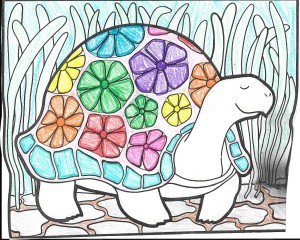Both spiders and ticks are common in our area. We’ll deal with ticks next time.
While most of their bites aren’t dangerous to most people, it’s good to be informed about different types of spiders, their bites, and diseases that might result from some of them.
Spiders use a venom to anesthetize and paralyze their tiny prey. The venom from most species is not dangerous to most humans (see below for exceptions). Watch for signs of infection and report those immediately to your pediatrician. If you are concerned that a bite is getting much larger, note the edges with a Sharpie marker so you can see if it’s continuing to grow.
The female black widow spider can be extremely poisonous to humans, sometimes even fatal. She has an hourglass shape and is dark colored with yellow or red on her abdomen. Symptoms can be severe muscle cramping and pain. Call EMS if you think someone has been bitten by a black widow spider.
The brown recluse spider is fairly common in Kentucky, and can also be fatal at times. People often don’t know they’ve been bitten until the bite starts to swell and get painful. Reactions greatly vary. Call EMS if you are concerned about a brown recluse bite.
According to this article by the American Academy of Pediatrics (AAP), here are things to watch for after a spider bite, and a signal to call your pediatrician or EMS:
• “Tiny fang marks
• Pain
• Pain begins as a dull ache at the bite site
• Pain spreads to the surrounding muscles
• Pain moves to the abdomen, back, chest, and legs
• Blister at the bite site
• Mild swelling and a blue-gray mark at the bite surrounded by lightening of skin color
• Progressive soft tissue damage; the skin becomes dark blue and then black (necrotic).”
Wash the affected area with soap and water, and treat a bite with an ice pack (make sure you put a layer of cloth between the ice pack and the skin) Another resource for your questions about spider bites is the Poison Control Center.
As with anything, whenever you have a concern, call our office.
© MBS Writing Services, 2015, all rights reserved

